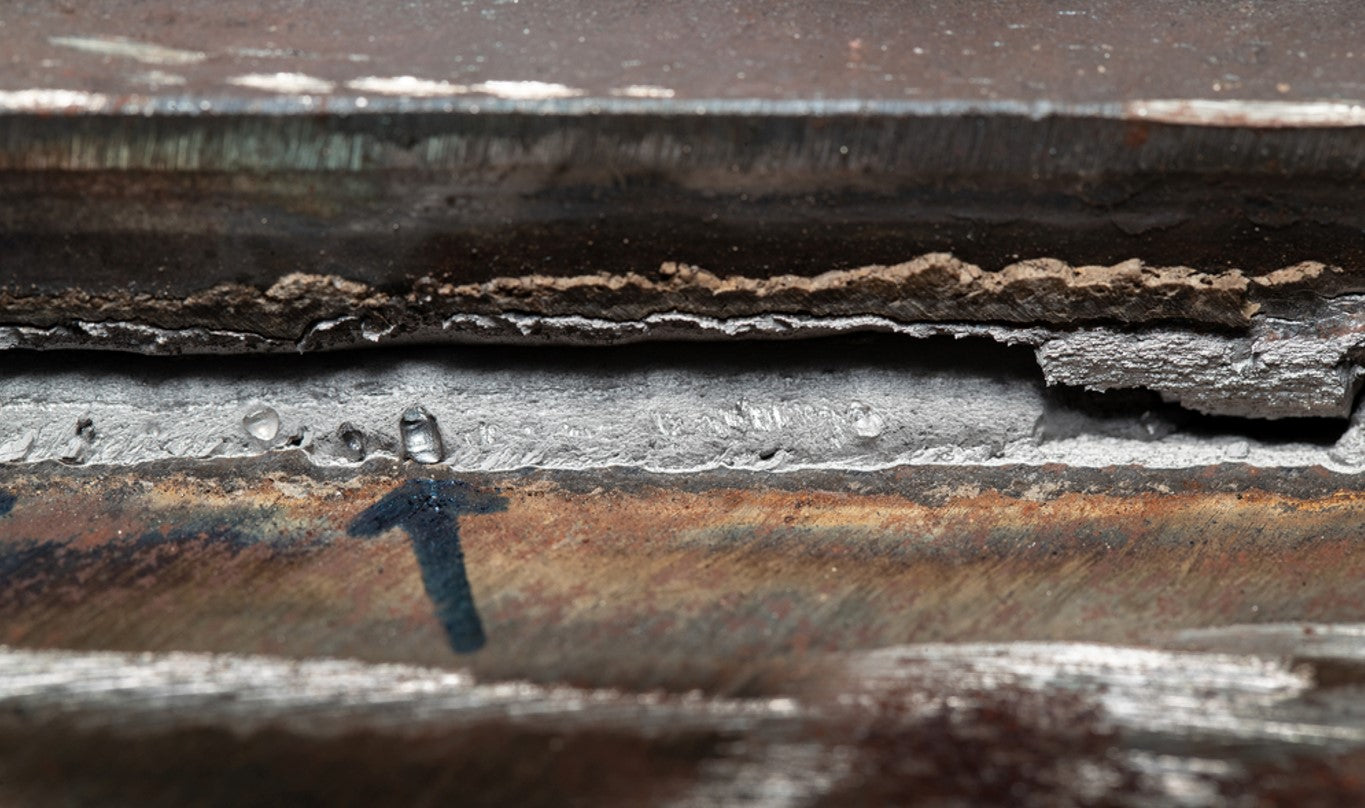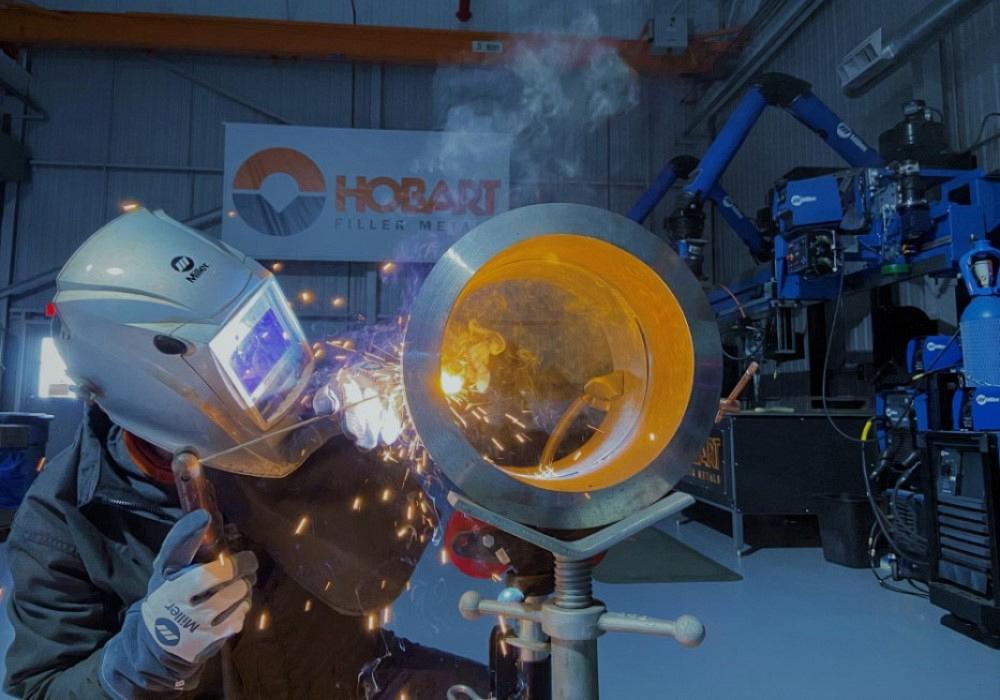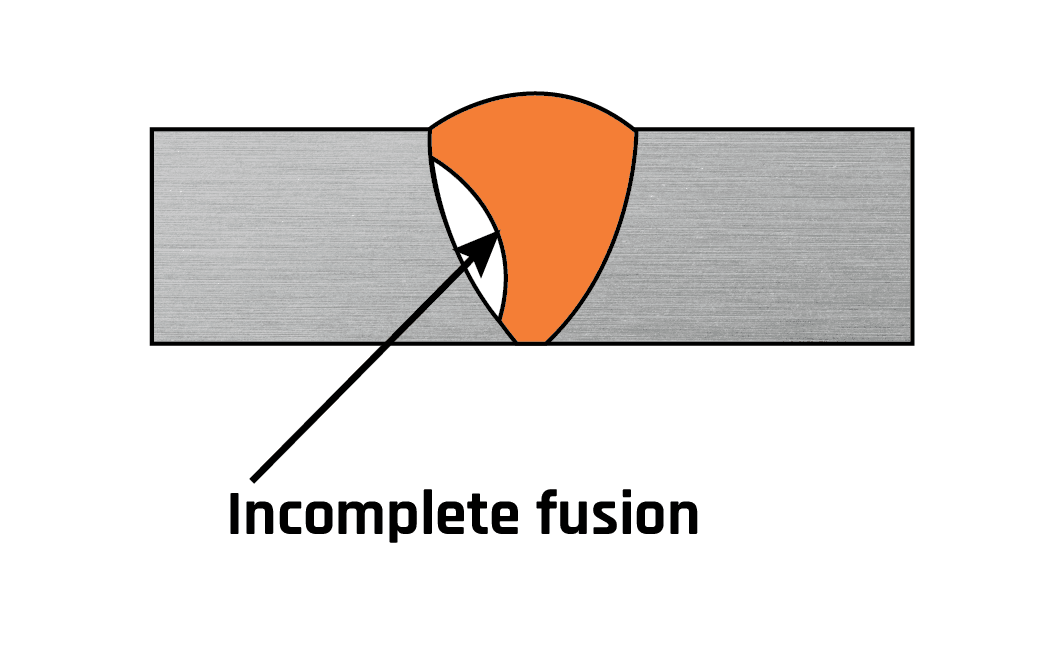Preventing Weld Undercut: Proven Techniques Every Welder Ought To Know
Preventing Weld Undercut: Proven Techniques Every Welder Ought To Know
Blog Article
A Comprehensive Guide to Identifying, Averting, and Correcting Undercut Welding Issues in Your Welding Projects
In the realm of welding, running into undercut concerns is a common challenge that can compromise the architectural stability and general high quality of your welding tasks. Recognizing the origin behind undercut welding, having the ability to precisely find it in your welds, and implementing reliable preventative measures are essential abilities for any kind of welder. Additionally, having the expertise and methods to remedy undercut problems when they do take place can make a considerable difference in the last outcome of your welding ventures. Remain tuned as we discover the important parts of recognizing, avoiding, and taking care of undercut welding problems, giving you with valuable understandings and techniques to raise your welding skills to the next degree.
Common Causes of Undercut Welding
Undercut welding, an usual concern in welding procedures, can be brought on by various factors that require to be meticulously identified and dealt with to ensure the honesty of the weld joint. Among the main root causes of undercut welding is extreme warm input. When the welding parameters, such as voltage, existing, or take a trip speed, are not appropriately set, a too much quantity of warm can be produced. This excess warm results in the melting and subsequent elimination of the base material along the edges of the weld joint, producing a groove called undercut.
An additional typical reason for undercut welding is inappropriate welding strategy. Inadequate adjustment of the welding torch or gun, incorrect angle or distance in between the lantern and the workpiece, or irregular traveling speed can all add to the development of undercut. Additionally, making use of the incorrect welding consumables or electrode size for a particular joint arrangement can bring about undercut problems. Determining these origin triggers and carrying out restorative steps is vital in preventing and rectifying undercut welding troubles in welding jobs.
Identifying Undercut in Welds

To recognize undercut precisely, proper lighting and magnifying devices are necessary to inspect the weld joint completely. Making use of devices such as a welding scale or a magnifying glass can help in finding also the smallest undercut imperfections. In addition, running a finger or a finger nail along the weld joint can in some cases disclose undercut, as the surface area may feel uneven or have a dip where the undercut exists.
Preventative Actions for Undercut
Having a deep understanding of the root causes of undercut in welds permits for the execution of efficient preventive steps to maintain weld high quality and integrity. One vital preventative procedure appertains weld joint preparation. Ensuring that visit our website the sides are clean, without pollutants, and appropriately beveled can substantially lower the chance of undercut (Preventing weld undercut). Furthermore, picking the suitable welding criteria, such as voltage, existing, and travel rate, is essential. These settings need to be maximized to protect against excessive warmth input, which can cause undercut development.

Strategies for Repairing Undercut

Boosting the welding existing or reducing the travel speed can help fill in the undercut. Furthermore, altering the welding strategy from a press to a drag or vice versa can likewise help lessen undercut.
One more strategy is to make use of a weaving motion while welding to guarantee correct sidewall combination and fill in the undercut. By oscillating the welding arc from side to side within the weld joint, the welder can deposit extra filler material into the undercut locations, effectively eliminating the defect.
In addition, grinding out the undercut and rewelding the joint can be a sensible remedy for a lot more extreme undercut problems - Preventing weld undercut. This process includes getting rid of the undercut area, preparing the base steel, and afterwards rewelding the joint with correct welding specifications and methods to protect against undercut from reoccurring

Expert Tips for Avoiding Undercut
Utilizing correct welding strategies and keeping control over essential welding parameters are essential strategies for welders aiming to avoid undercut in their weld joints. One expert tip for preventing undercut is to ensure correct joint preparation. This includes cleaning the base steel thoroughly to remove any kind of impurities that might cause undercut development. In addition, picking the ideal welding procedure and filler metal for the details application can assist avoid undercut. Welders should pop over to this web-site additionally pay close interest to the welding current and voltage setups, ensuring they are within the recommended range to prevent overheating and possible undercut. Preserving a consistent traveling speed throughout the welding procedure is another crucial idea to avoid undercut. By relocating at a stable rate, welders can ensure proper fusion and minimize the likelihood of undercut formation. Evaluating the weld bead after conclusion can aid determine any kind of signs of undercut early on, permitting for immediate restorative activity to be taken.
Final Thought
Finally, recognizing, avoiding, and taking care of undercut welding issues in your welding tasks is critical for ensuring resilient and strong welds. Preventing weld undercut. By understanding the usual root causes of undercut, being able to identify it in welds, executing safety nets, and using appropriate strategies for fixing undercut, you can prevent possible concerns and produce top notch welds. Following expert suggestions for staying clear of undercut can aid you enhance your welding abilities and produce much better cause your projects
Undercut welding, an usual problem in welding processes, can be triggered by various factors that need to be meticulously identified and dealt with to ensure the integrity of the weld joint. In addition, running a finger or a fingernail along the weld joint can in some cases reveal undercut, as the surface area might feel uneven or have a dip where the undercut exists.
Making use of appropriate welding techniques and maintaining have a peek at this site control over vital welding parameters are essential approaches for welders intending to avoid undercut in their weld joints.In conclusion, recognizing, stopping, and repairing undercut welding troubles in your welding projects is important for ensuring durable and solid welds. By comprehending the common reasons of undercut, being able to determine it in welds, carrying out precautionary measures, and using appropriate methods for repairing undercut, you can stay clear of potential concerns and create top quality welds.
Report this page